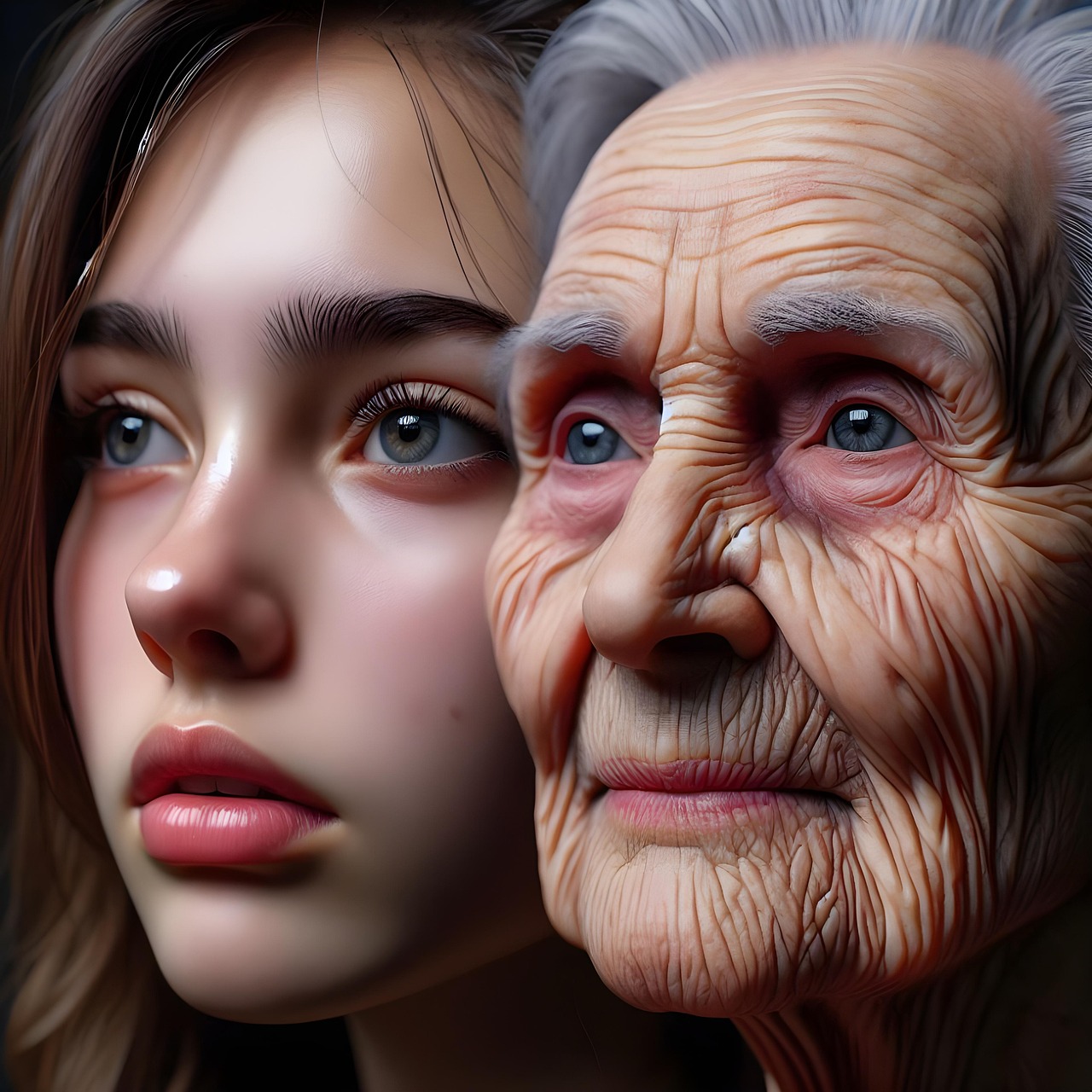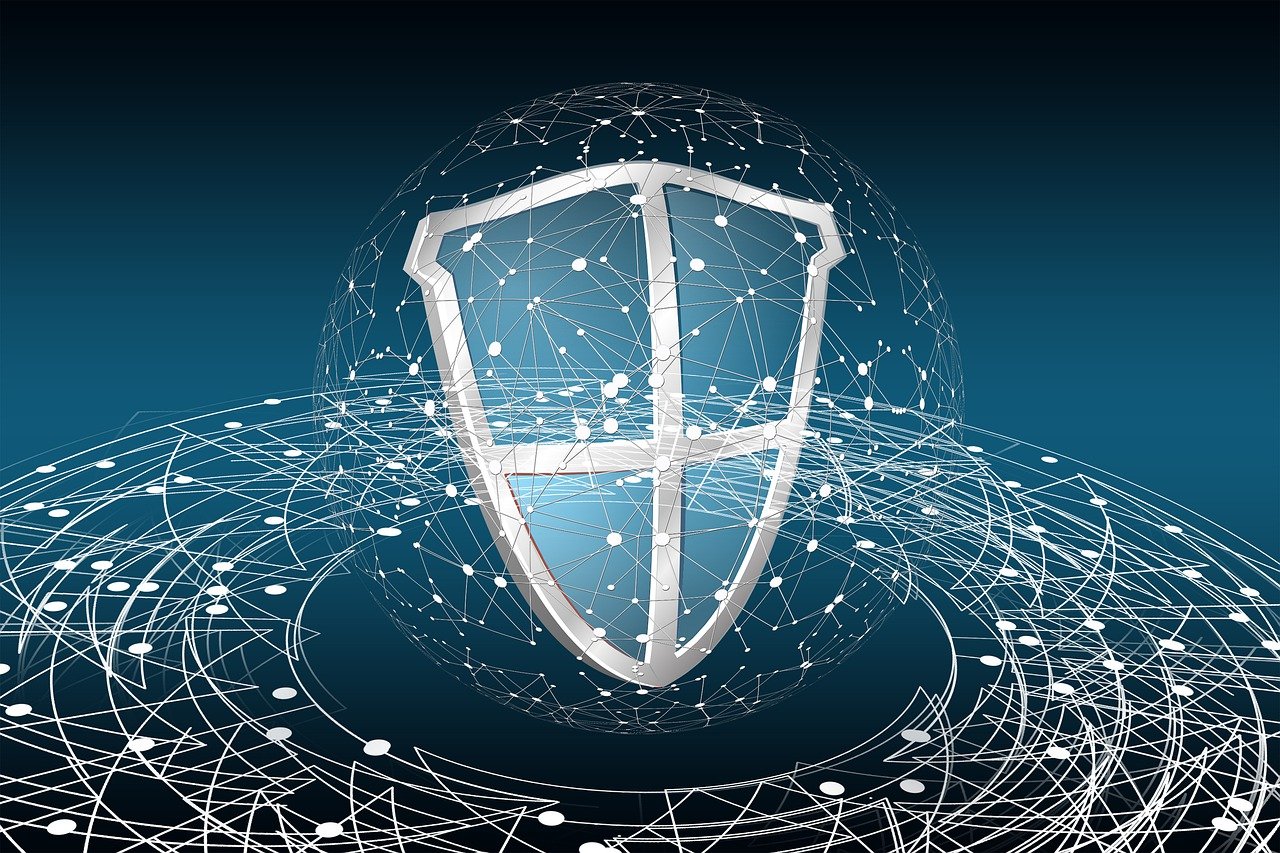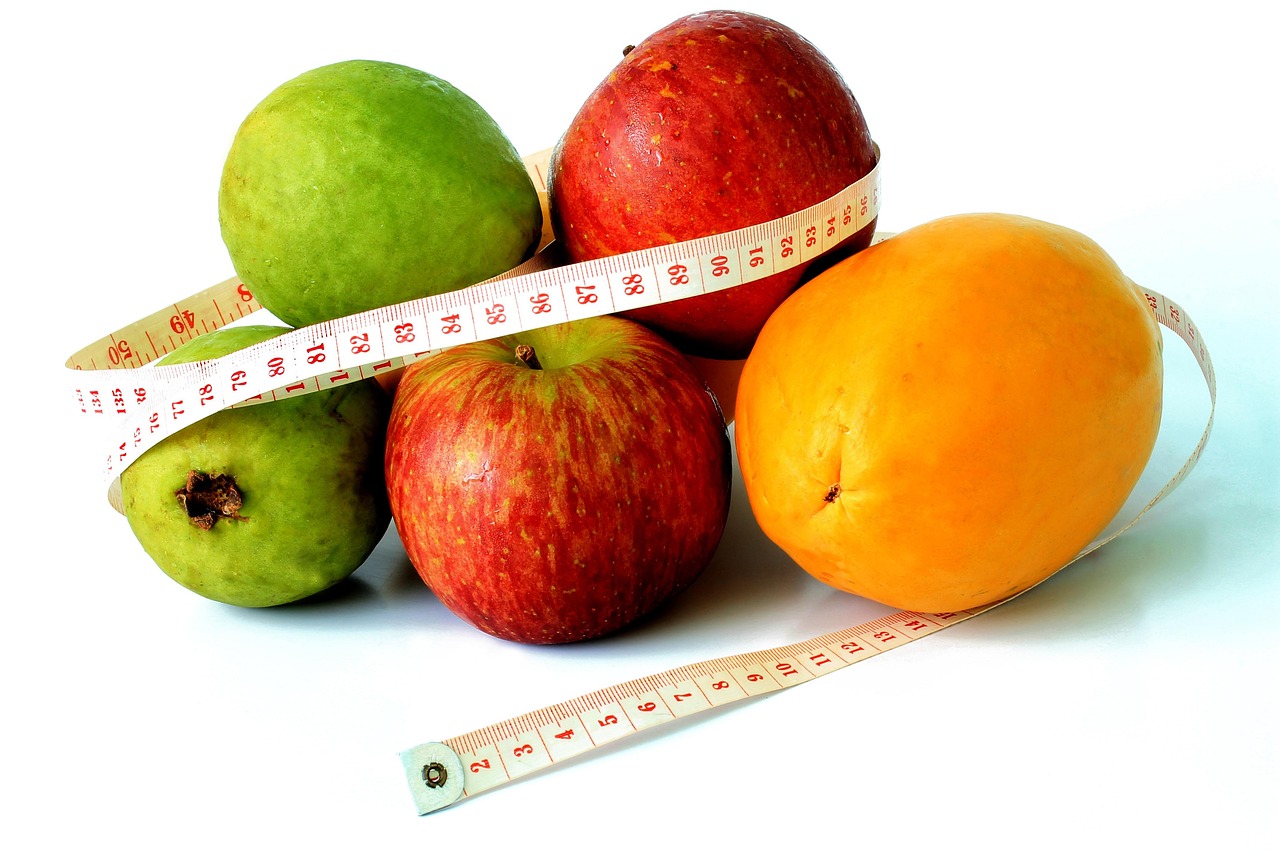Decimal to Octal
Decimal to Octal is a tool or process that converts a decimal (base-10) number into its corresponding octal (base-8) representation. Decimal is the standard number system that uses digits from 0 to 9, and it is the most commonly used number system in everyday life. Octal, on the other hand, uses digits from 0 to 7 and is commonly used in computing, particularly in older systems or for compact data representation.
Decimal to Octal is a tool or process that converts a decimal (base-10) number into its corresponding octal (base-8) representation. Decimal is the standard number system that uses digits from 0 to 9, and it is the most commonly used number system in everyday life. Octal, on the other hand, uses digits from 0 to 7 and is commonly used in computing, particularly in older systems or for compact data representation.
How It Works:
- Divide by 8: To convert a decimal number to octal, you divide the decimal number by 8 (the base of the octal system), and record the remainder.
- Repeat: You continue dividing the quotient by 8 until the quotient becomes 0.
- Read the Remainders: The octal number is the sequence of remainders read from bottom to top (last remainder to first).
Example of Decimal to Octal Conversion:
- Decimal:
45
- Divide by 8:
- 45 ÷ 8 = 5 with a remainder of 5
- 5 ÷ 8 = 0 with a remainder of 5
- Read the remainders from bottom to top:
55
So, the decimal number 45 is equivalent to 55 in octal.
Example 2:
- Decimal:
156
- Divide by 8:
- 156 ÷ 8 = 19 with a remainder of 4
- 19 ÷ 8 = 2 with a remainder of 3
- 2 ÷ 8 = 0 with a remainder of 2
- Read the remainders from bottom to top:
234
So, the decimal number 156 is equivalent to 234 in octal.
Steps of Conversion:
- Step 1: Divide the decimal number by 8 and record the remainder.
- Step 2: Divide the quotient by 8 again, and repeat the process.
- Step 3: Continue until the quotient becomes 0.
- Step 4: The octal number is the sequence of remainders read from bottom to top.
Common Uses of Decimal to Octal Conversion:
-
Data Representation: Octal is sometimes used to represent binary data more compactly, as each octal digit corresponds to exactly 3 binary digits (bits).
-
Programming and Debugging: In older computing systems or embedded systems, octal may be used to represent memory addresses, machine code, or data. Converting decimal to octal helps interpret such data.
-
File Systems: Some older file systems and operating systems use octal to represent file permissions (e.g., UNIX-based systems use octal notation for setting file permissions).
-
Cryptography: In some cryptographic algorithms, octal encoding is used. Converting decimal numbers to octal allows them to be compatible with these systems.
Why Use Decimal to Octal Conversion?
- Data Encoding: Octal is a more compact and efficient way of representing binary data, and converting from decimal to octal can be useful when working with such data in specific applications.
- System Compatibility: In certain computing systems, especially older ones, octal may be the preferred format for data representation, and converting decimal numbers to octal ensures compatibility with those systems.
- Understanding and Analysis: Converting decimal to octal helps interpret or analyze low-level data, such as memory addresses or file permissions, in computing.
Decimal to Octal converters are widely available in programming tools, calculators, and online utilities, making it easy to perform this conversion for tasks involving data analysis or low-level programming.













